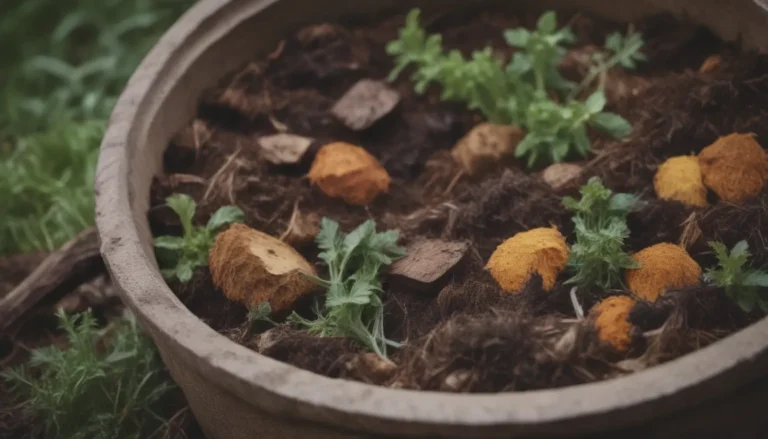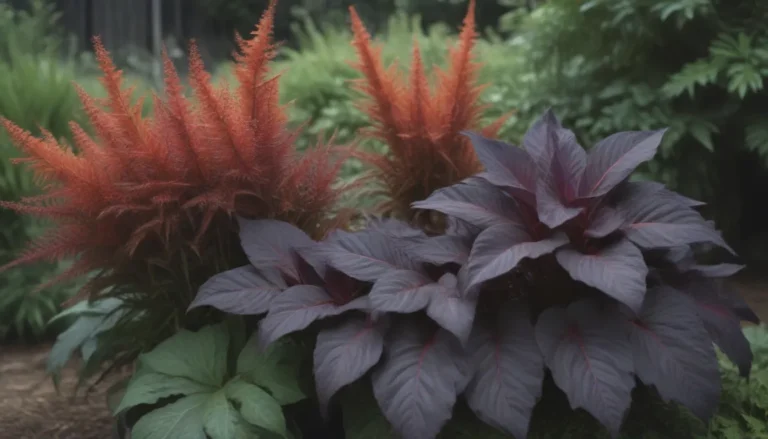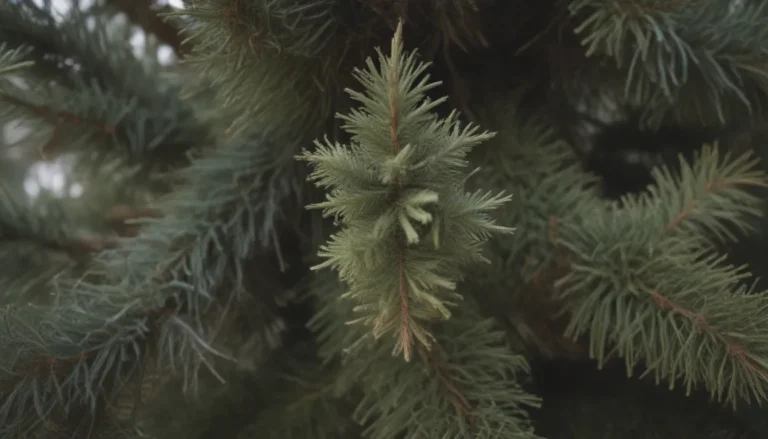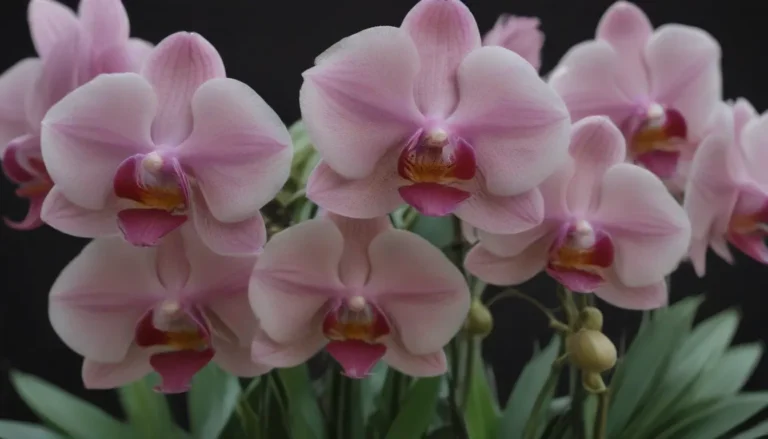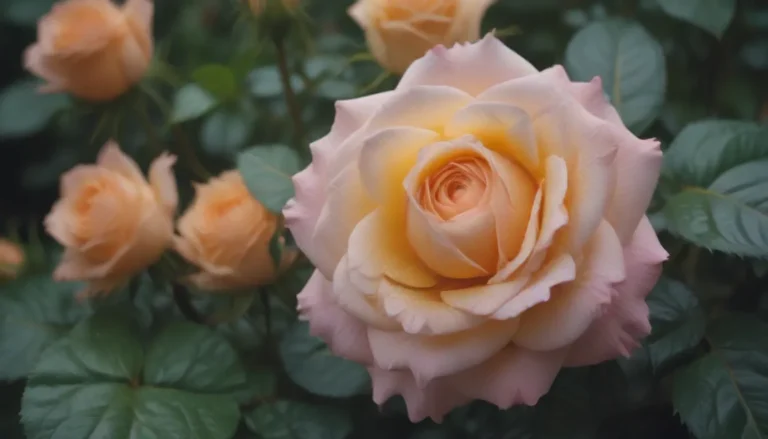The Ultimate Guide to Growing and Caring for Hoya Kerrii
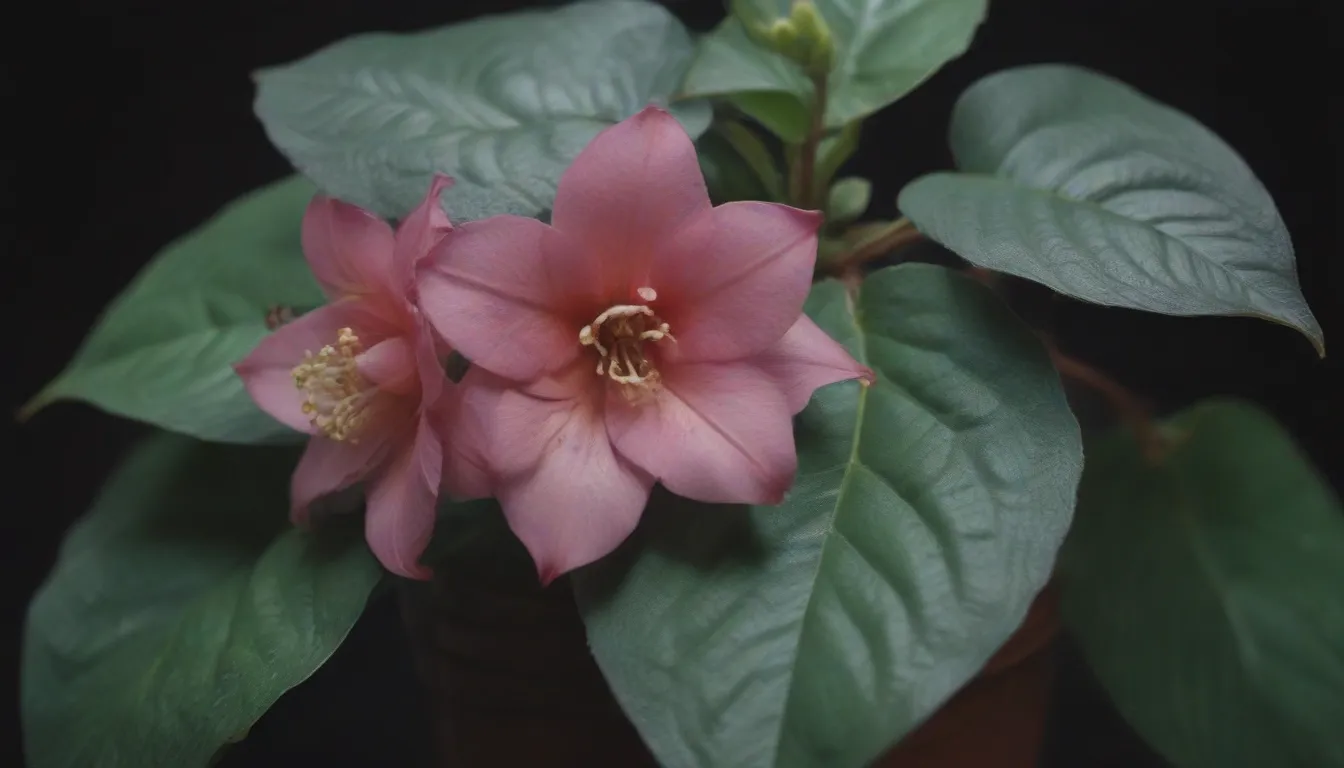
Welcome to our comprehensive guide on growing and caring for Hoya Kerrii plants! If you’re a fan of unique vining succulents with heart-shaped leaves, then you’re in the right place. Hoya Kerrii, also known as sweetheart vine, lucky heart plant, or Valentine’s hoya, are charming plants that are popular around Valentine’s Day. In this article, we will delve into everything you need to know about cultivating these delightful plants as houseplants.
What Makes Hoya Kerrii Special
Hoya Kerrii plants are unique in their appearance and care requirements. Here are some key features that make them stand out:
- Their thick, heart-shaped leaves give them a charming and distinctive look.
- They are slow-growing plants that are relatively easy to maintain.
- Hoya Kerrii plants can bloom in the summer, producing sweet-smelling star-shaped flowers.
- There are different varieties of Hoya Kerrii, such as ‘Variegata,’ ‘Splash,’ and ‘Reverse Variegata,’ each with its own leaf coloration.
- You can propagate Hoya Kerrii by planting a single heart-shaped leaf in well-draining soil and providing it with the right care.
Choosing the Right Hoya Kerrii
When selecting a Hoya Kerrii plant, it’s essential to choose one with a rooted stem and at least two leaves. Single-leafed plants may not develop into full plants, so opt for a specimen that has the potential for growth and blooming.
Caring for Hoya Kerrii
Taking care of Hoya Kerrii is relatively straightforward if you follow these tips:
- Treat them as succulents, providing lots of sunlight, moderate water, and well-draining soil.
- Hoya Kerrii plants thrive on neglect, so don’t fuss over them too much.
- Allow the soil to dry out between waterings to prevent overwatering and root rot.
- Provide bright, direct sunlight daily, ideally in a west- or south-facing window.
- Use a soil mix that includes potting soil, perlite, orchid bark, and sand for optimal drainage.
Hoyas are slow-growing plants, so be patient and wait for new growth to emerge. Avoid cutting back their vines, as they will eventually sprout new leaves or flowers.
Light and Soil Requirements
- Hoya Kerrii plants need plenty of light to thrive indoors, so place them in a location that receives bright, direct sunlight.
- If natural light is scarce, consider using a full-spectrum LED grow light to supplement their light needs.
- Ensure the soil is well-draining and airy to prevent root rot and stunted growth.
Watering and Humidity
- Allow the soil to dry completely between waterings to prevent overwatering.
- Adjust your watering frequency based on the season, watering more often in summer and less in winter.
- Check the leaves for signs of water needs – plump leaves indicate no water is needed, while thin, wrinkled leaves mean it’s time to water.
- Hoyas thrive in warm, humid conditions, so provide extra humidity if possible, especially during the growing season.
Fertilizing Hoya Kerrii
While Hoya Kerrii plants are not heavy feeders, they can benefit from occasional fertilization during their active growth period. Use a balanced liquid fertilizer once a month in spring and summer to promote healthy growth.
Types of Hoya Kerrii
There are different varieties of Hoya Kerrii plants, each with unique characteristics. Some popular types include:
- Hoya kerrii ‘heart’
- Hoya kerrii ‘Splash’
- Hoya kerrii ‘Reverse Variegata’
- Hoya kerrii ‘Albomarginata’
- Hoya kerrii ‘Fuzzy Leaves’
Propagating and Repotting Hoya Kerrii
You can propagate Hoya Kerrii plants using stem cuttings in water or sphagnum moss. Repotting should be done sparingly, as these plants prefer being slightly root-bound. When the time comes to repot, handle the plant carefully to avoid damaging the roots.
Common Pests and Problems
Keep an eye out for common houseplant pests like mealybugs, scale, aphids, and spider mites. While Hoya Kerrii plants are relatively resistant to pests, infestations can occur if other plants in your home are affected. Watch for curling leaves, slow growth, and other signs of stress, and take corrective measures promptly.
Getting Hoya Kerrii to Bloom
Hoya Kerrii plants typically bloom once a year during spring or summer. To encourage flowering, ensure your plant receives plenty of direct sunlight, is not overwatered, and remains root-bound. Blooms are a sign of a healthy, happy plant.
In Conclusion
In conclusion, Hoya Kerrii plants are charming additions to any indoor plant collection. With proper care and attention to their specific needs, you can enjoy their unique beauty for years to come. Remember to provide adequate light, well-draining soil, and moderate water to keep your Hoya Kerrii thriving. Whether you’re a seasoned plant enthusiast or a beginner gardener, these lovely succulents are sure to bring joy and greenery into your home.
So, are you ready to add a touch of sweetness to your indoor garden with a Hoya Kerrii plant? Give it a try and watch these heart-shaped leaves grow and flourish in your home! Happy gardening!
